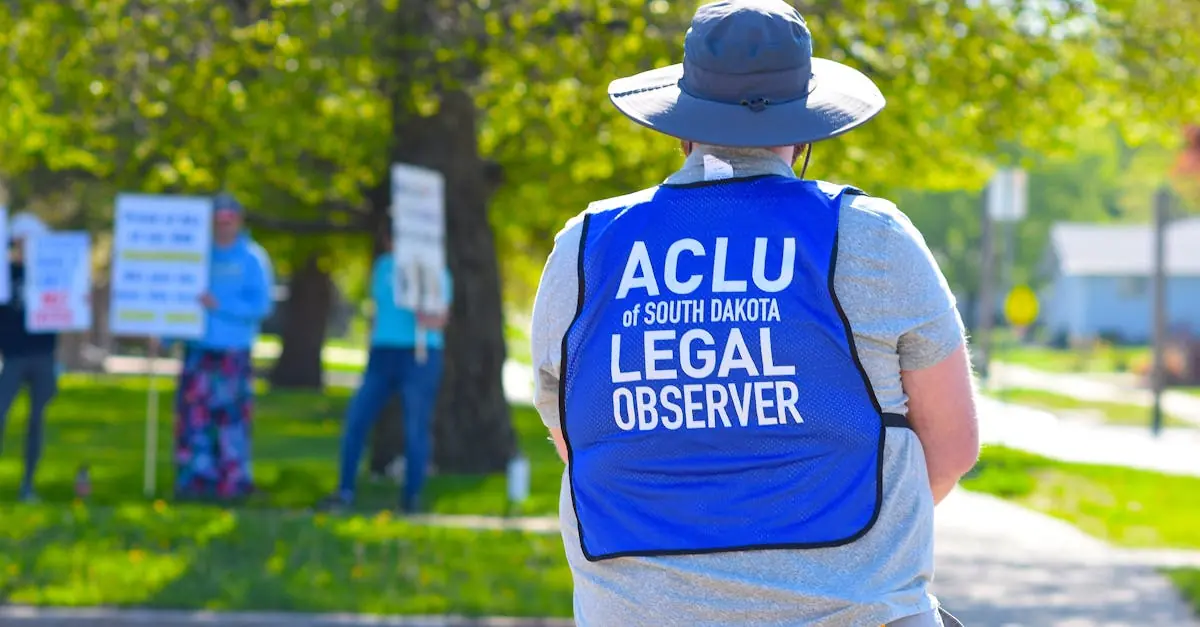Subletting can feel like navigating a legal minefield, but it doesn’t have to be a headache. With the right knowledge, it can be a smooth ride—like a well-oiled rollercoaster. Whether you’re off to explore distant lands or just need a little extra cash, understanding how to sublet legally is crucial. After all, no one wants to end up in the “Landlord Hall of Shame.”
Table of Contents
ToggleUnderstanding Subletting
Subletting involves renting out a space to another tenant while maintaining a lease agreement with the original landlord. Knowing the legal nuances can simplify the process and protect all parties involved.
Definition of Subletting
Subletting is when a tenant rents their leased property to another individual, known as the subtenant. The original tenant remains responsible to the landlord for the lease terms. In many cases, the subtenant pays rent to the original tenant, while the relationship between the original tenant and landlord remains intact. Legally, subletting can differ by location and lease agreements. Tenants should review lease contracts for specific terms and conditions regarding subletting.
Benefits of Subletting
Subletting offers several advantages for tenants. It allows someone to cover rent costs during a temporary absence, aiding those traveling or relocating for a job. Financial relief comes from receiving rent payments, easing the burden of ongoing expenses. Flexibility can increase as tenants find someone to manage residency without breaking lease commitments. Subletting can also provide opportunities to meet new people and create connections through living arrangements.
Legal Considerations for Subletting
Understanding legal considerations is vital for a successful sublet. The process involves reviewing the lease agreement and complying with local laws.
Reviewing Your Lease Agreement
Reviewing the lease agreement is the first step in the subletting process. Tenants must check for any specific clauses about subletting. Often, landlords include restrictions or require written consent. Ignoring these details can lead to disputes or eviction. Original tenants should also confirm the duration a sublet is permitted and any additional fees associated with it. Clear communication with landlords can prevent misunderstandings.
Local Laws and Regulations
Local laws and regulations significantly impact the subletting process. Many cities impose rules on subleasing to protect tenants and landlords. Regulations may dictate how much notice a tenant must give before subletting. Some locations require a formal application process for subtenants. Researching these laws ensures compliance and helps avoid legal issues. Understanding the specific ordinances in their area can inform tenants of their rights and obligations. Consulting a legal expert can provide further clarity on any complications.
Steps to Sublet Legally
Subletting involves adhering to specific steps that ensure legality and clarity. Understanding these steps plays a vital role in avoiding disputes and ensuring a smooth process.
Getting Permission from Your Landlord
Before subletting, obtain explicit written permission from the landlord. Review the lease agreement for any clauses concerning subletting. Landlords may have different rules based on their policies or local laws. Communicate with the landlord openly to clarify what is allowed. Awareness of any required forms or notices can streamline the process. Seek agreement in writing to prevent misunderstandings later. If the landlord denies permission, respect their decision to avoid potential eviction.
Finding a Suitable Subtenant
Finding the right subtenant requires diligence and consideration. Start by setting clear criteria for potential subtenants, including income sources or rental history. Advertise the available space through platforms geared toward housing or social media. Conduct interviews to assess compatibility and reliability. Verify references to ensure the subtenant’s background and rental record. Once a suitable candidate emerges, draft a sublease agreement that outlines the terms clearly. This document should include payment details, duration, and any rules from the original lease.
Drafting a Sublease Agreement
A clear sublease agreement protects both the original tenant and the subtenant. Specific elements must be included to ensure all parties understand their rights and responsibilities.
Essential Elements of a Sublease
Each sublease agreement should contain essential details. Include the names of all parties involved, the address of the rental unit, and the lease duration. Clearly outline the rent amount, payment due dates, and any deposits required. Add any relevant rules from the original lease agreement to maintain consistency. Stipulate the responsibilities for maintenance and utilities to avoid misunderstandings. Finally, include provisions for breaking the agreement to handle unexpected situations smoothly.
Tips for a Successful Sublease Agreement
A successful sublease agreement involves clear communication from the outset. Consider using a template to ensure no critical details are overlooked. Engage with potential subtenants to clarify expectations regarding living arrangements. Ensure the subtenant agrees to follow the original lease terms for a seamless transition. Document all communications with both parties for future reference. Lastly, obtain signatures from the original tenant, the subtenant, and the landlord if required, to formalize the agreement.
Conclusion
Navigating the subletting process can be straightforward when tenants equip themselves with the right knowledge. By understanding legal requirements and maintaining open communication with landlords, they can enjoy the benefits of subletting without unnecessary stress.
Taking the time to draft a comprehensive sublease agreement protects all parties involved and helps avoid potential disputes. With careful planning and attention to detail, subletting can become a rewarding experience that offers financial relief and new connections. Embracing these practices ensures a smooth transition for both original tenants and their subtenants.








